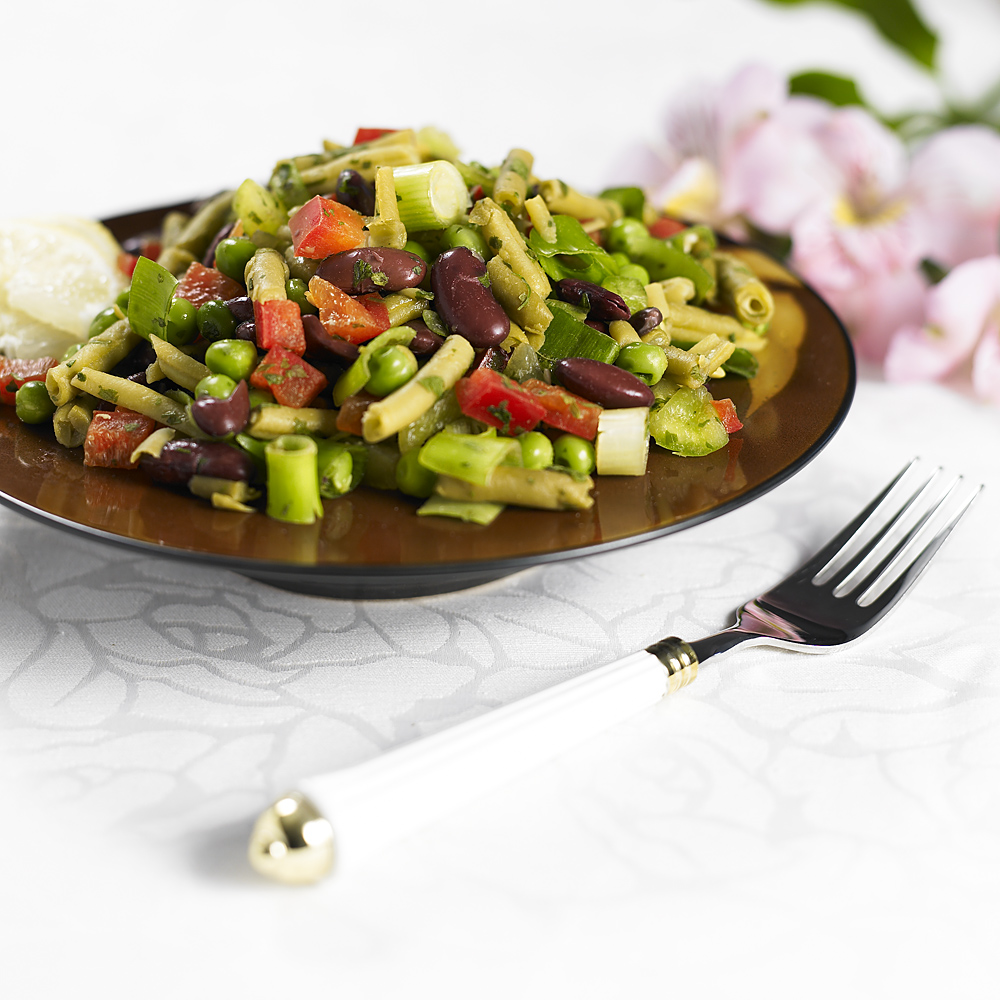National Cholesterol Week in the UK took place between 19–25 September 2011. It aims to promote awareness of raised cholesterol levels, which are a major cause of cardiovascular disease. This is the second installment of a two-part article by Baldeesh Rai, Dietetic Advisor to Heart UK, with tips on lowering your cholesterol. Read the first part here.
Eat more fibre
In addition to the recommendations on fats and sugar in part one of this article, it's important to eat more fibre. Soluble fibre – specifically found in oats, pysillium, beans, pulses and other high-pectin fruits such as apples – helps lower blood cholesterol; non-soluble fibre, such as that found in wheat bran and other whole grains, helps to remove it from the body. Together, these fibres can lower LDL (the bad cholesterol) and your total blood cholesterol level. Intact fibre (fibre that is naturally present in whole foods) also slows the absorption of glucose, aiding in the control of diabetes.
In 2001 for the first time, the US Department of Health and Human Services' National Cholesterol Education Program acknowledged fibre in its guidelines for a heart healthy diet. It recommended 20 – 30 grams of fibre per day, along with the reduction of total fat, saturated fat, and cholesterol. Heart UK recommends you eat more foods that contain soluble fibre, such as oats and soya, to help lower your blood cholesterol.
Try these tips to get more fibre into your diet:
- Choose dhal, soya and bean curries often. You can add dhals to your meat dishes to increase the soluble fibre of the dish.
- Choose wholemeal atta for chapatis or try a combination of wholemeal and white mixed together and slowly decrease the white flour in the mix until you get accustomed to the taste of whole wheat flour. Bhajra (millet) roti is also a good source of fibre. Avoid spreading ghee or oil on the roti – instead, enjoy it fresh or spray a second of oil spray to keep extra calories to a minimum.
- Choose brown rice instead of white. It may require extra water and takes slightly longer to cook, but is equally tasty and much healthier than white rice. Try different breads such as seeded, oat bread, rye bread, wholemeal and granary.
- Try to eat a side salad with the meal, but avoid those creamy dressings!
- How about a fruit after your meal and as snacks between meals?
- Opt for wholegrain cereals or mix some in with your favourite cereal.
Certain dairy foods, juices and spreads are now fortified with plant sterols. These work in similar ways to fibre and are also being strongly supported by science as helping to lower cholesterol. You may want give them a try, but don't forget to mention this to your health care provider, especially if you are taking medications to lower your cholesterol.
Be more active
Most of us could benefit from being more active. Consider joining a fitness class, or going for a walk, swim or hike with friends and family. To help boost your good cholesterol (HDL), aim for at least 30 minutes of moderate-intensity activity on at least five days of the week.
Here are some ways to be more active:
- Find an activity you enjoy. Some swimming pools and leisure centres offer women-only or men-only classes. Bhangra and raas-garba are great ways to keep fit whilst having fun!
- Walking is a great aerobic workout and it's easy. Start with a stroll in the morning or anytime of the day that works for you, and then slowly increase your speed. During the winter many malls open early. Try mall-walking while you window shop!
- Put more energy into your simple daily routine. For example, when going for groceries park your car farther away and walk to the entrance.
- Enjoy summer and spring time gardening.
- Walk the dog, or offer to walk your neighbour's dog!
- Walk or jog on the spot while watching TV, or while your kids play in the park.
Even if you take medication to control your cholesterol level, remember that eating well and maintaining a healthy lifestyle remain the cornerstones of its management.
A glossary to knowing your cholesterol – Heart UK Guidelines
A raised cholesterol reading is always an excellent indicator of possible heart and circulatory problems. Early testing is a good way of helping to keep your heart healthy.
Total cholesterol – This refers to the total amount of cholesterol in your blood. A level below 5 mmols/L is desirable. Those at risk of coronary heart disease – including people with a strong family history of the disease, people of South Asian origin, people with Diabetes, and those with high blood pressure – are advised to aim for less than 4 mmols/L.
LDL (bad) cholesterol – A level below 3 mmols/L is desirable. Those at high risk are advised to aim for less than 2 mmols/L.
HDL (good) cholesterol – A higher level is protective. Men should aim for levels over 1 mmol/L and women over 1.2 mmols/L.
Triglycerides – A form of fat which circulates in your blood. Fasting levels should be less than 1.7 mmols/L.










